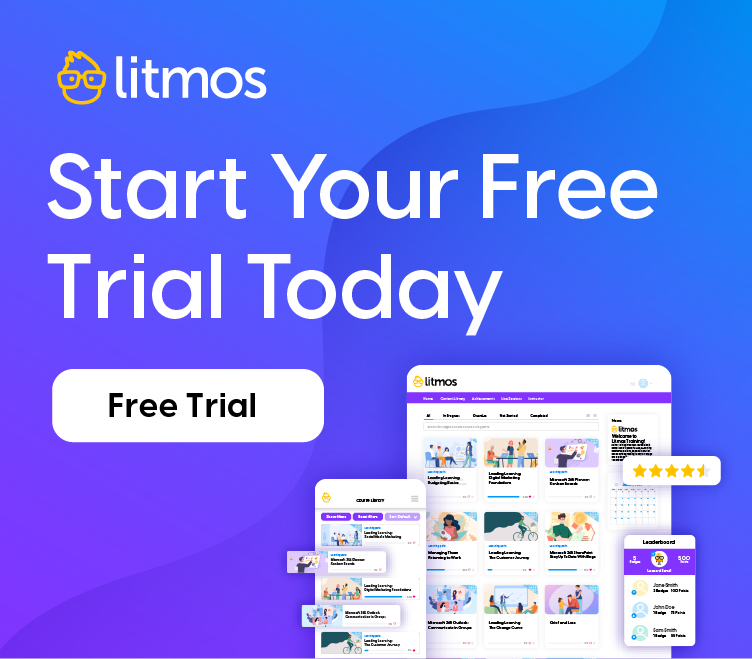How to Sell Partners on Selling You
Key takeaways:
|
Revenue leaders in every industry have a basic grasp of how crucial partnerships are for growth and success. But many are at a loss when it comes to getting the most out of those partnerships. How can you ensure that your partners aren’t simply sellers of your brand, but passionate, proactive promoters?
Take a look at your current partner or vendor engagement program. Does your team have a scalable, customizable approach to partner onboarding? Do they build regular check-ins and training sessions into their partner engagement strategy? Can your team properly enable your partners with customized content? Alternatively, is your team talking to partners for the wrong reasons? If the bulk of your communication with partners includes reminding them to update inaccurate or outdated sales materials, then it’s probably time to re-evaluate your partner program.
While every partner program is different, in this article, I argue that nearly all businesses can benefit from creating a partner-centric culture where partners feel consistently appreciated, supported, and empowered. This article will explore how building a continuous partner onboarding program can help organizations cultivate a more partner-first approach that turns re-sellers into vocal brand advocates.
Six steps for creating a partner-centric culture
Unsurprisingly, partners who feel valued and respected are more likely to become enthusiastic ambassadors for your brand. The most successful sales organizations have strong partner relationships, built through consistent mutual support and collaboration.
To build a partner-centric culture, you can start by assessing these four areas of your current partner program:
- Setting goals for partner resellers. Understanding the foundational business objectives and obstacles of your partners can help your organization align its solutions or products more closely to theirs. This can lead to a more positive partner experience that ultimately results in higher retention and revenue, making the partner relationship truly symbiotic.
- Assessing where partners train. Onboarding partners can’t be a “one-and-done” exercise. Leveraging a centralized learning platform can reduce your organization’s reliance on expensive in-person trainings, while reducing the administrative strain of updating a slew of documents and resources hosted on multiple platforms. Rather than patching together several business tools, file-sharing applications, and static docs, competitive sales organizations opt for scalable, centralized, accessible learning solutions that give partners quicker access to the latest product updates and support.
- Assessing how partners train. Multimedia training, like short microlearning videos and interactive modules, can make continuous partner onboarding more engaging and effective. Combining AI-powered personalized learning paths and gamification features like points and leaderboards, can give partners the motivation they need complete training quickly, improving time-to-effectiveness and confidence for new partners or those in need of a refresh.
- Identifying optimal partner communication channels. Proactively communicate the latest updates so that partners don’t have to go searching. Having an integrated learning management system that partners can access anytime, anywhere, can cut down on confusion while keeping partners informed. Regular virtual check-ins and feedback sessions, such as weekly calls or quarterly reviews, can help your team gauge partner progress and identify areas for improvement. This reinforces the partnership and drives mutual growth.
Once your revenue team understands the needs and objectives of your partners, where and how to effectively train them, and what communication channels work best, you’re ready to dive more deeply into the content and execution of your partner training program. While each industry differs, any competitive organization will focus on the initial investment in partner training, the continued improvement of partner resources, and the reinforcement of partner training through enterprise-wide incentives.
Make partner onboarding continuous for long-term success
Investing in a comprehensive and continuous partner onboarding program is essential to provide partners with the knowledge and skills necessary to effectively sell your products or services. A well-organized onboarding process makes new partners feel more confident and prepared to sell your product or service, while ensuring that existing partners are given the most accurate and up-to-date information they need to continue adding value to your organization.
Continuous partner onboarding doesn’t mean simply letting your partners know whenever a new feature is rolling out or sharing the latest datasheet via email. Sharing product updates is only one piece of the puzzle. To build a strong, trusting, profitable partner relationship, your team needs to proactively predict what each partner might need to be successful. That means continuously providing training, customizable demos and resources.
In addition to the training components, strong programs will have consistent check ins and analysis – through reporting tools, assessments, surveys, or scheduled meetings – to determine whether those resources are helping partners meet their sales goals. Continuously training partners is a two-way street: it gives them the tools they need, while providing actionable insights that your organization can use to assess partners’ strengths and weaknesses.
Keep partner training fresh and engaging
Regular updates to your training modules are also critical for ensuring that partners are have the most current information and best practices. If completing piecemeal updates to your product training or sales training modules is a headache, consider templatizing your courses and using a learning solution that streamlines the content creation and content editing process. Content authoring tools that offer AI can be invaluable for building and maintaining sales courses. Many companies are worried about how AI uses affect privacy and IP. You’ll want to look into whether your LMS uses your company’s data to train public LLMs. As an AI-powered learning solution, Litmos adheres to strict AI privacy and security protocols that offer users granular control what data is used by our AI tools.
Encouraging a culture of learning extends beyond your internal sales team. Communicating that you prioritize the development and success of your partners, as much as your own internal teams, can solidify your relationship and build morale amongst partner resellers.
Reward partner training
It’s no secret that high-performance organizations turn to incentives and rewards – such as commissions, bonuses, awards, and public recognition — to motivate sales teams to reach sales targets. These same forms of validation and acknowledgment should be extended to partners for achieving training milestones. Rewarding partners who show dedication to continuous learning creates a positive cycle that fosters ongoing engagement and improvement.
Measuring and rewarding partner success is vital for fostering strong, productive partnerships. Clear, well-defined key performance indicators (KPIs) provide a roadmap for success, aligning partners with your objectives and enabling regular performance assessments. These evaluations help identify areas needing support or training, ensuring continuous improvement.
Creating a partner-centric culture is not just a nice-to-have; it’s a strategic imperative for any business looking to maximize the potential of its partnerships. By investing in a comprehensive and continuous partner onboarding program, organizations can build strong, trusting, and profitable relationships that stand the test of time.
| Discover insights and strategies for more effective and profitable partner onboarding. Download The Ultimate Toolkit for Continuous Onboarding – an expert-curated collection of free partner onboarding resources. Get your free toolkit today! |




